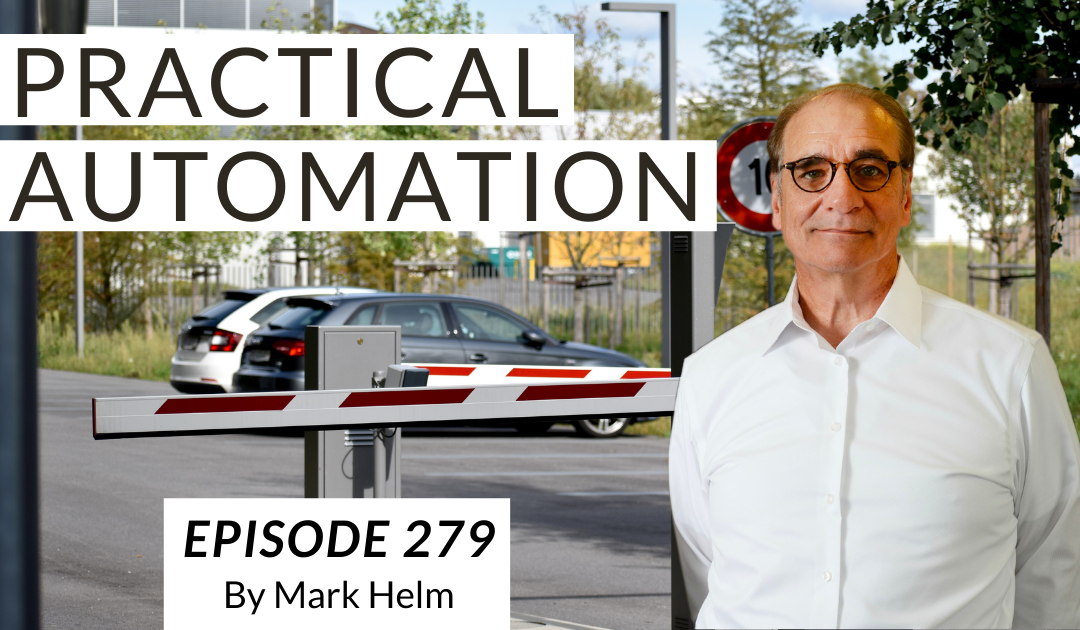Here is a term you will hear more and more of in the self storage business in the next year or so, “Practical Automation.”
For us smaller owners and investors, it can be the difference between long-term success or not.
New Shiny Objects
The tendency for humans appears to be chasing new shiny objects and trying to get them.
Just look at how much money is chasing self storage now. Our shiny doors that generate good steady cash flow are now the talk of the investment world (we have known it for a long time, and perhaps that means we are smart of something).
But yes, even we can do the same. We can chase new shiny objects, as well.
In our business today, that could be all kinds of new automation.
I see two camps of owners in our industry. One is the group who resist change and want to run their facilities as they did in the 1980s. “It has worked well for me, so why should I change?”
I love buying these when they hit the market.
Another camp of owners today always wants the latest and best technology upgrades as they come out.
As the Buddha says, let’s take the middle road.
Areas of Operations To Consider Improved Automation
Where to start?
Consider starting in these places.
This episode is not designed to explain how, but some of what. There are plenty of self storage vendors to help you.
But for smaller operators looking for practical ways to upgrade using automation in a way that hits your bottom line quickly as well as brings your facility or portfolio into this century. Here are some places to consider.
Self Service Customer Transactions.
- Not only reserve on your website but be able to complete a leasing transaction.
- I am assuming you can already take payments online, and your website integrates with the operating software for your facility.
Bonus Points:
- Have a kiosk or interactive screen/pad connected to your website that can complete transactions easily accessible to customers at your site for transactions whenever the manager is not there or busy.
I would start here in the world of “practical automation.” 2
Financial reporting.
- Nothing keeps you focused on your facilities like detailed reports showing up in your inbox demanding your attention.
Revenue Management.
- This includes having demand pricing and/or value pricing software integrations with your operating system.
- Demand pricing is pricing suggestions based on your individual unit size occupancy rates compared to the submarket’s occupancy and adjusting prices accordingly. This can offer live time pricing suggestions based on supply-demand your customers are experiencing.
- Value pricing is offering premium rates for the most convenient units available at any given moment in your facility based on the current units available. Owners and managers have a daily list generated indicating that days suggested premium units based on availability. You can have street rates, premium one, and premium two pricing depending on where the units are located in your facility.
- Both of the above can be done automatically, daily, weekly, monthly, depending on how you set it up.
Access Control.
- This can include gate control and unit control.
- Today, we find ourselves pricing the cost of having auto overlock and the ability to have the overlock automatically unlock the moment a unit is brought current, every time we upgrade or build new.
-
- Door locking mechanisms are installed and integrated with operating software.
- Ultimately, I foresee this being the standard door type in the next few years.
-
- Improved gate access with Bluetooth technology interfacing with customers’ mobile devices.
Employee Concerns
What is always in the background of these conversations is “what about the employees?”
Doesn’t this mean they lose their jobs?
That is always there for me.
The real answer is “perhaps.” Perhaps some will lose their job.
Mostly it means employees are more productive. Five to seven years ago, our company averaged $250,000 of gross income per full-time employee. Today, that number is north of $350,000.
Sure, inflation has something to do with that number, but mostly it is increased productivity.
Practical automation means your employees will be more productive, and you will need fewer of them as your business grows.
If you are not already doing so, use 2021 as the year for Practical Automation Implementation.



